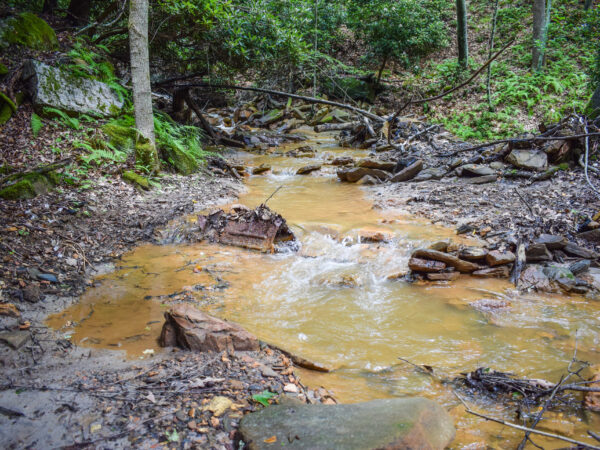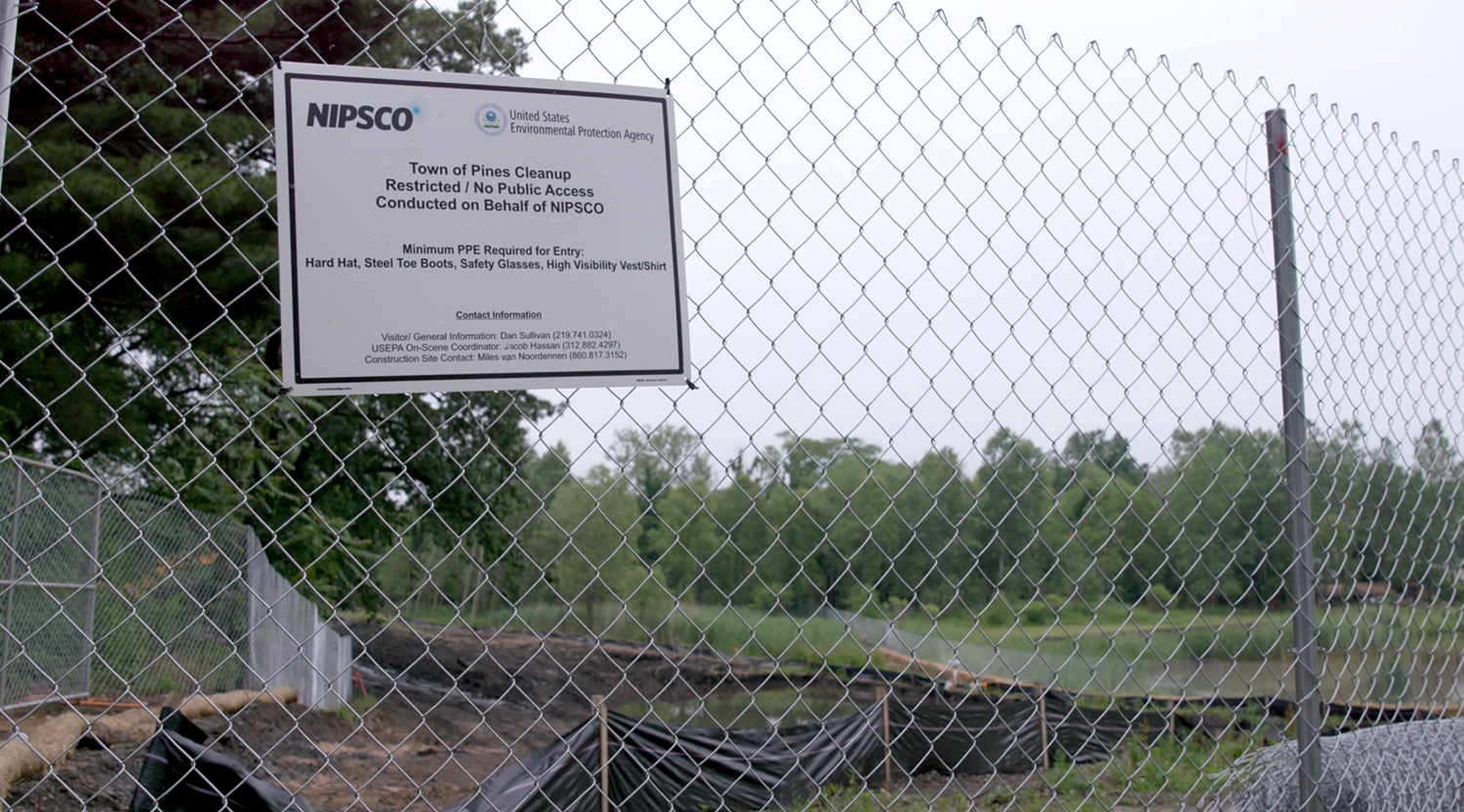
By Beth Edwards, Indiana Environmental Reporter
Some northern Indiana residents remain skeptical that communities in the area will be free of contamination from toxic coal ash, despite a renewed commitment by government agencies and one of the state’s biggest energy companies to clean up polluted sites and transition to renewable energy sources.
Last month, the Environmental Protection Agency announced the Northern Indiana Public Service Company would pay nearly $12 million under an agreement called a consent decree to continue the cleanup of coal ash soil contamination in the Town of Pines Groundwater Plume Superfund site.
The consent decree reflects an agreement between NIPSCO, the United States and the state of Indiana to have NIPSCO complete the removal of contaminated coal ash used as yard fill on properties in Pines, according to Nick Meyer, vice president of state communications for NIPSCO. In addition, the money will be used to reimburse the EPA and the Indiana Department of Environmental Management for any costs the agencies accrued regarding the Superfund site.
NIPSCO also has announced it will shift the plant responsible for the contamination of Pines from coal to renewable energy.
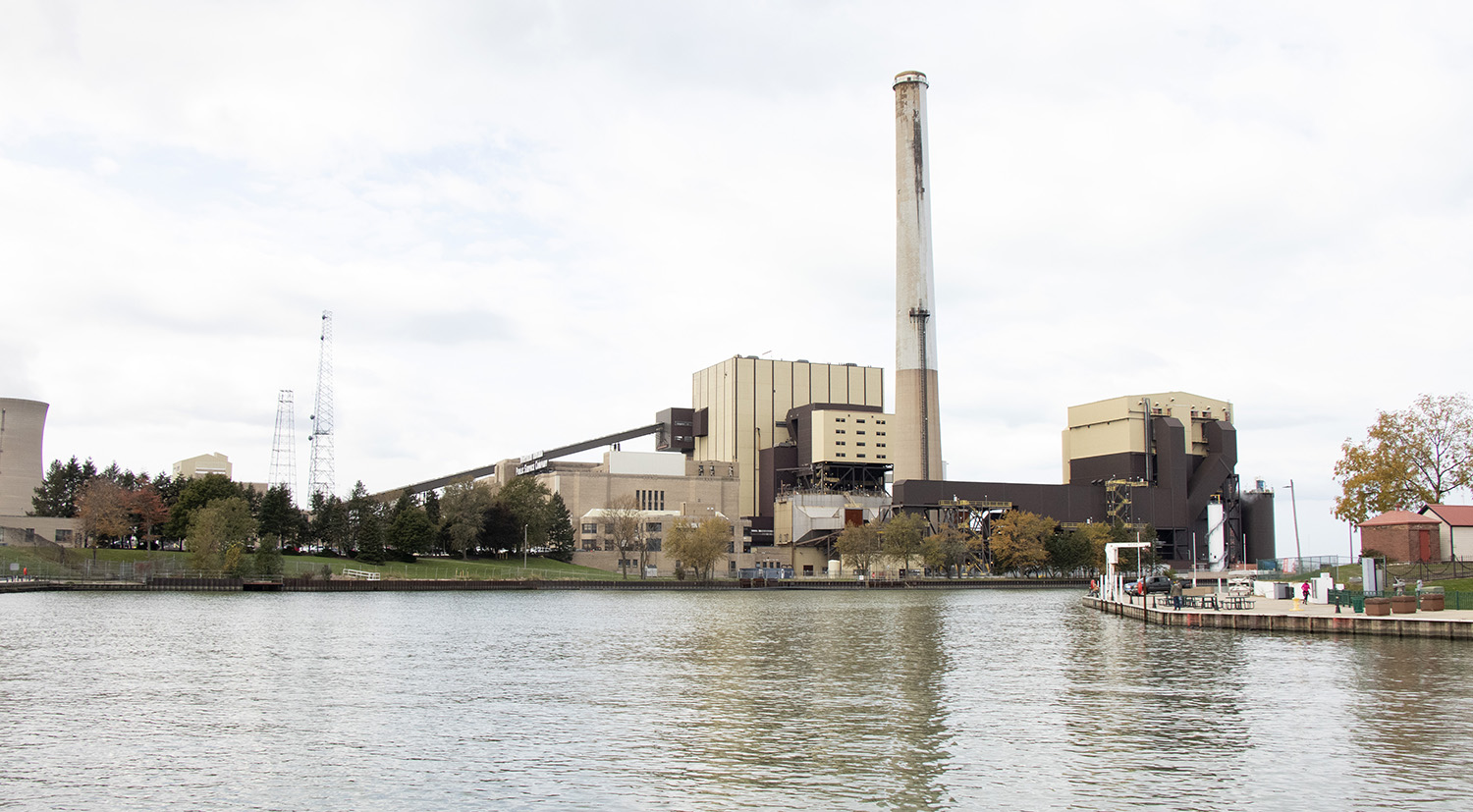
NIPSCO will pay nearly $12 million to continue the cleanup of coal ash contamination from their Michigan City Generating Station, in the Town of Pines. (Photo Credit: Indiana Environmental Reporter)
But some don’t think these measures are enough.
“I think a lot of people are distracted by the impending transition of the site and the promise of renewable energy and what is already coming online. All the while, NIPSCO has a compounding disaster at the site and this legacy issue in Pines,” said Ashley Williams, executive director of environmental justice group Just Transition Northwest Indiana.
“For us, within a just transition — when we’re talking about the transition to renewable energy, building healthier communities and transitioning to the renewable energy economy of tomorrow — none of that matters unless these lingering injustice and citizen environmental harms are addressed.”
A history of contamination
Having recently moved into her home in the Town of Pines in April of 2000, Phyllis DaMota noticed an unpleasant odor emanating from her drinking water. She called the Indiana Department of Environmental Management a month after she moved in and asked them to test her well water. The call set off a series of events that continues 22 years later.
DaMota’s well tested positive for arsenic and benzene, known carcinogens. The pollutants came from coal ash dumped at NIPSCO’s Michigan City Generating Station.
Coal ash is the toxic waste product that is left over after burning coal for electricity. It contains arsenic, lead, mercury and other contaminates that can be hazardous to human health.
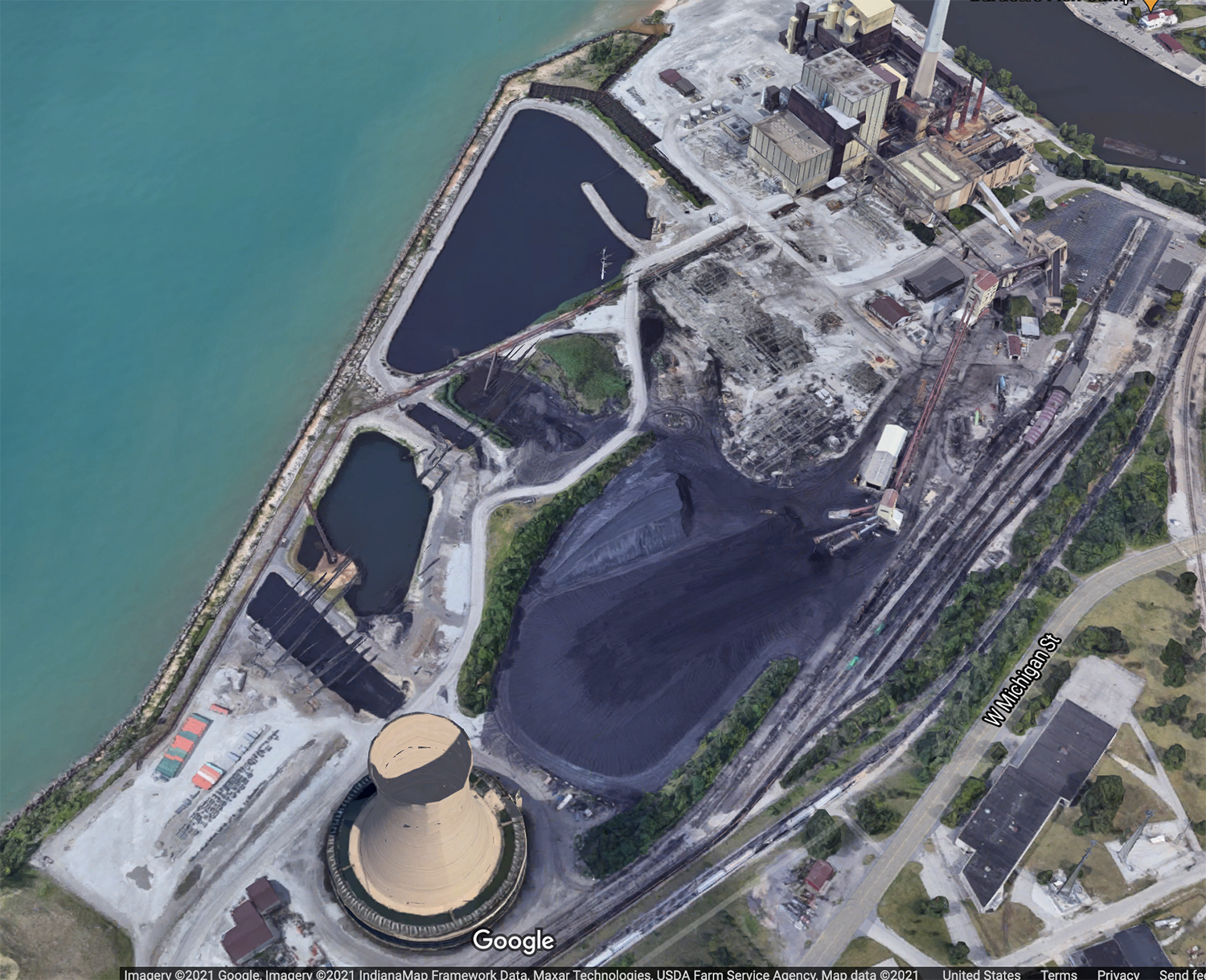
Uncovered coal ash ponds line Lake Michigan, on the the Michigan City Generating Station property. (Photo Credit: Indiana Environmental Reporter)
The ash is stored in large open-air ponds on the utilities’ property or dried and transported to landfills. Many of these landfills lack an imperviable liner, allowing the coal ash to leach into the soil and groundwater beneath the landfills over time.
Indiana has 86 coal ash ponds and 13 landfills, more than any other state. Most coal ash ponds are unlined and located on all the major waterways in Indiana. Groundwater contamination has been found on all the utilities’ properties.
The Michigan City Generating Station stored more than 1 million tons, or 2 billion pounds, of coal ash in the Yard 520 landfill that sat on top of the Town of Pines aquifer. Over time, the coal ash leached into the ground water, contaminating the town’s drinking water with heavy metals.
After DaMota’s well was tested, residents formed a committee — People In Need of Environmental Safety, or PINES — to ensure the town’s water was cleaned up and to keep residents aware of each step in the process.
In 2003, after years of community members advocating for clean water and bringing a lawsuit against the EPA and NIPSCO, NIPSCO paid to have 270 homes in the remediation area connected to Michigan City municipal water. Another 38 homes still haven’t been connected.
During the groundwater investigation, the EPA ordered NIPSCO to provide bottled water to property owners in or near Pines. Out of an abundance of caution, NIPSCO is still providing water to the property owners who request it.
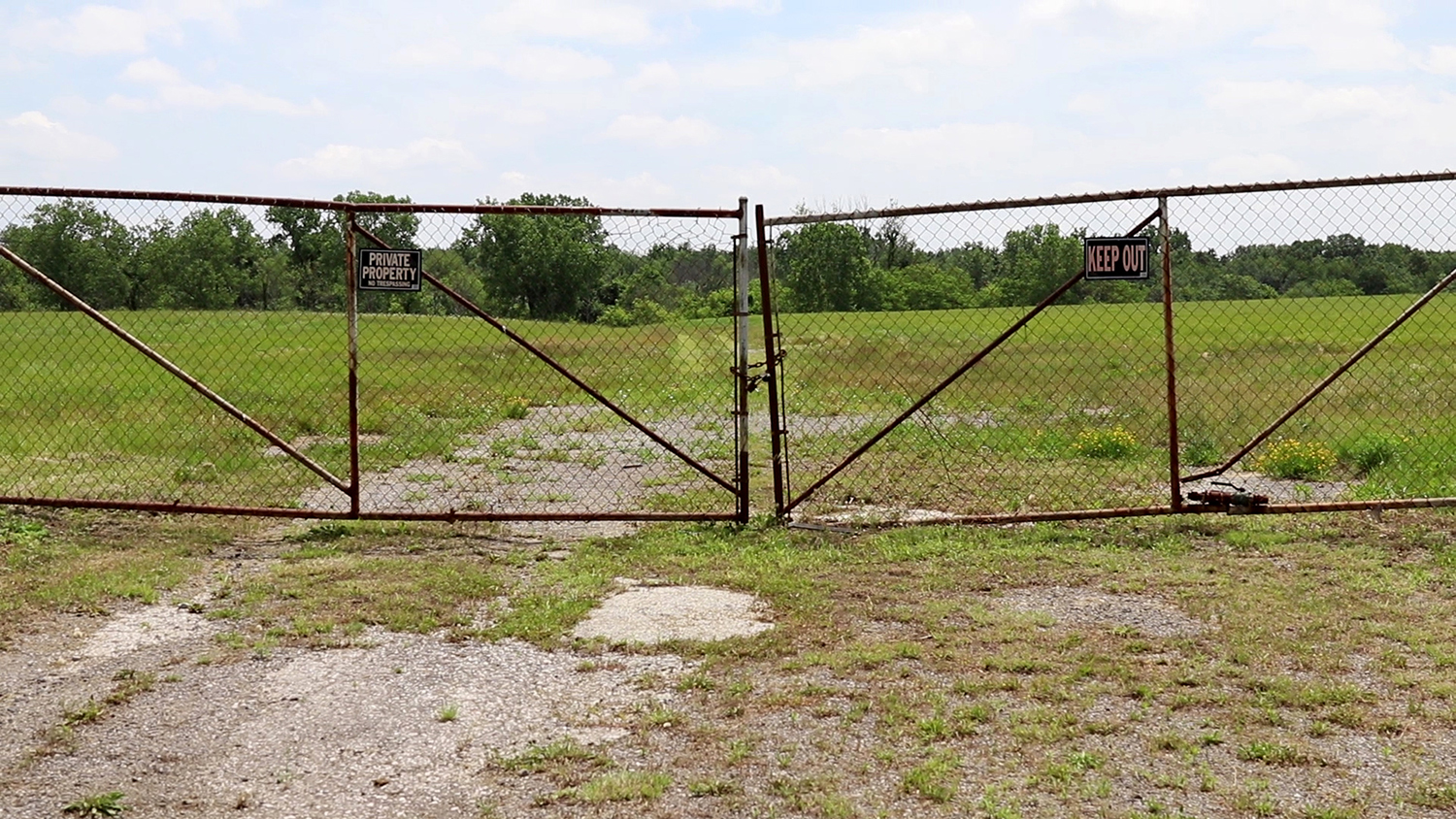
Coal ash stored at the Yard 520 landfill in Pines, leached into the groundwater and contaminated residents’ water supply. (Photo Credit: Indiana Environmental Reporter)
“While the results of the groundwater investigation did not indicate the need to expand the area of municipal water service beyond those areas where service has already been provided, if elevated levels of CCB-attributed groundwater contamination is found in an area that isn’t already receiving municipal water service, NIPSCO will work in consultation with USEPA to determine the next steps in those circumstances,” said Meyer.
Members of Just Transition Northwest Indiana, an organization that helps regional communities address environmental issues and take legislative action, have gone door-to-door in Pines to speak with residents about water issues.
“We spoke with some residents who were okay with their water. We also spoke with many more who wished they had the option. Those remaining homes that want to be hooked up to municipal water, should get hooked up and that be afforded to them,” said Williams.
Williams says she hopes the consent decree will allow residents who would like access to clean drinking water to have that opportunity.
A new problem for residents
Even after the EPA and NIPSCO worked to provide clean water to Pines residents, coal ash contamination continued to plague the town.
In the 1970s, coal ash from the Yard 520 landfill was offered by Calumet Trucking as landscaping fill for road construction, low-lying properties and even the town’s playground. At that time, the Porter County Health Department assured residents the ash didn’t pose a health risk.
Both the state and federal governments classify coal ash as a “solid waste” rather than a “hazardous waste,” which makes it subject to less strict handling practices.
A few sample properties known to have used the coal ash as fill were tested by the EPA in 2014. Those showed high levels of arsenic and chromium that posed an unacceptable health risk.
In 2015, DaMota had her soil tested. The first four samples showed no contamination. But DeMota asked for further tests, and an additional 20 samples were taken.
“Sure enough, they did find some contamination right up against my house. So that had to be remediated,” she said.

NIPSCO will continue to remediate properties in Pines, where coal ash was used as landscaping fill. (Photo Credit: Indiana Environmental Reporter)
The remediation of DaMota’s land was initially done with a clay soil. When she pointed out her soil was sandy and clay would hold more moisture close to her home, it was dug out and new soil and bushes were put in that she approved of. She said her yard turned out beautiful.
“I want people to know to question it, make sure that you’re questioning what they’re doing and understanding what they’re doing,” she said. “Maybe people wouldn’t have pushed after the first test came back fine, but I’m always a little suspect. So I did, and that’s why it worked out for me.”
Meyer said communications throughout the entire process, with both residents and town officials, has been extensive.
“When impacted soils were discovered on some properties in 2014, communications spanned the entire town across numerous channels – including direct outreach – offering the opportunity to conduct sampling for anyone in Pines,” he said.
Ensuring history doesn’t repeat itself
The Michigan City generating station is scheduled to be decommissioned between 2026 and 2028. NIPSCO has proposed a partial coal ash removal plan, which IDEM has approved.
This plan would remove some coal ash from the property, but cap in place more than 2 million tons located on the shores of Lake Michigan.
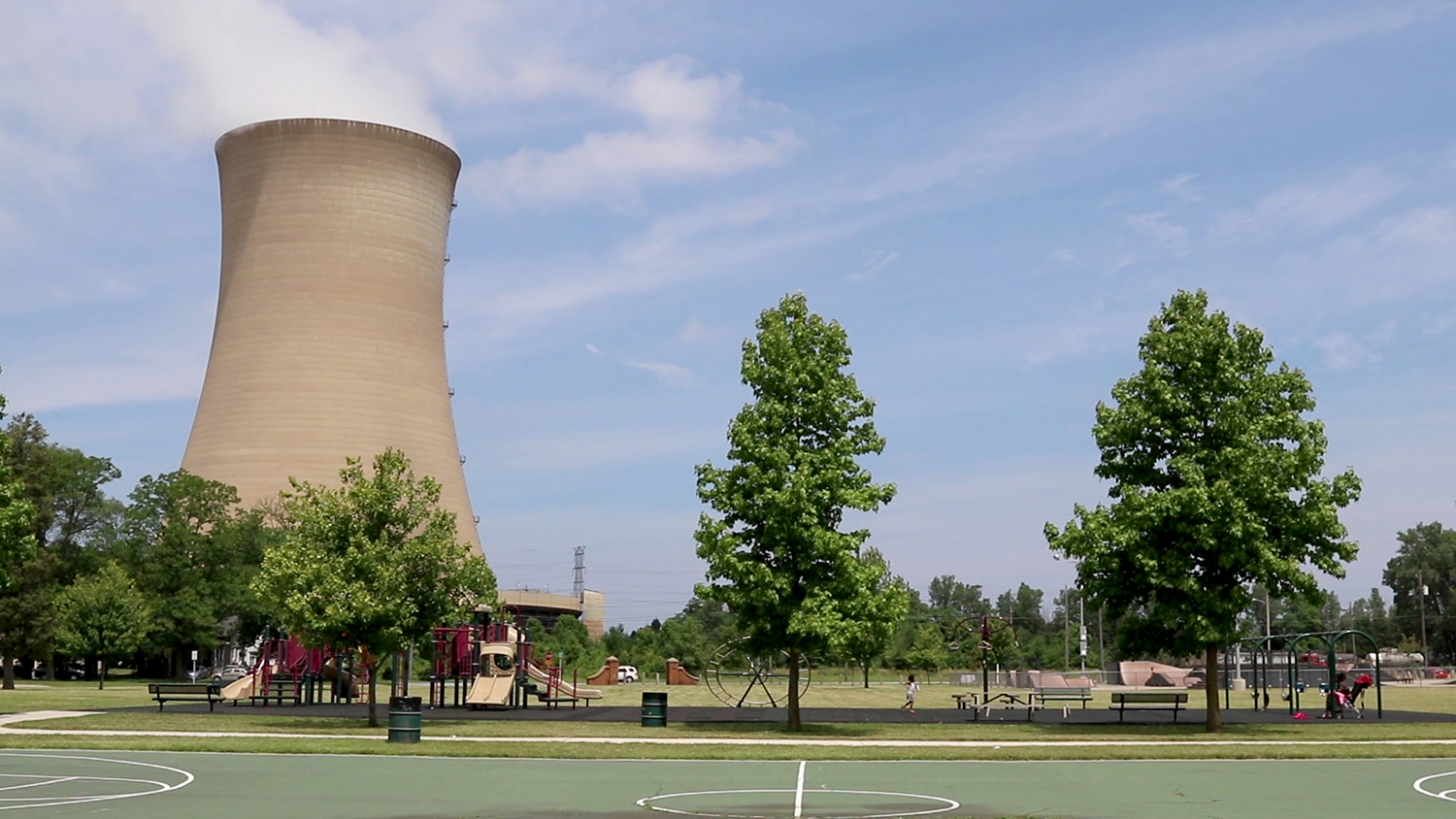
Environmental groups are pushing for a safe removal of the coal ash, to protect the health of the residents living near the generating station. (Photo Credit: Indiana Environmental Reporter)
Capping in place is often preferred by utilities because of cost. Hauling coal ash to another location is expensive, and there is a risk of a traffic accident, allowing for a possible coal ash spill.
The ash that is being removed would be driven by truck to a landfill in Wheatfield. One of the proposed routes would be through Pines.
This proposed route worries DaMota because of an intersection between highway 20 and the 520 bypass that has been prone to many accidents in the past.
“I spent hours and hours and hours calling local agencies and going all the way to federal, because I wanted to know how many accidents have been at that intersection of Highway 20 and the 520 bypass, which is the proposed part of their route,” DaMota said. “I never could find out how many accidents there were there, but I’m telling you, there’s a lot of accidents there, because people have to stop in the middle of the highway. It’s a dangerous intersection.”
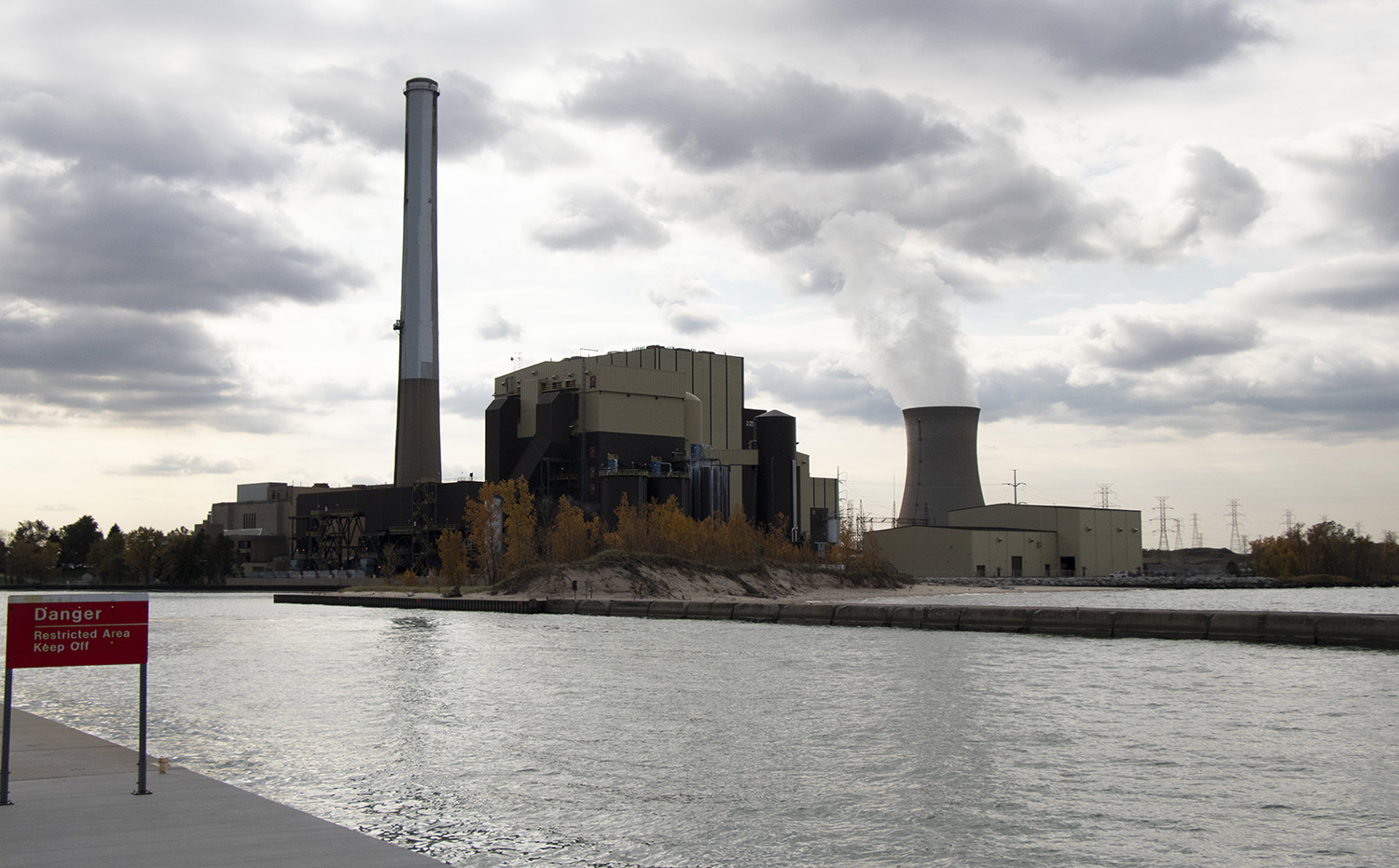
Residents are worried about coal ash potentially leaking into Lake Michigan, if the ash is capped in place at the generating station. (Photo Credit: Indiana Environmental Reporter)
Excavation of this ash is supposed to begin this year.
However, the ash being capped in place has the potential to leak into Lake Michigan because of aging, decaying sea walls. Just Transition’s Williams says this would be like history repeating itself.
“NIPSCO’s history of improper cleanup and negligence is repeating itself through the Michigan City site,” said Williams. “For us, it’s talking about the history of Pines and making sure we are going to ensure justice and accountability and NIPSCO isn’t getting away with leaving their toxic ash in place.”
Susan Thomas, legislative and policy director and press secretary for Just Transition, said it’s a matter of trust.
“We learned in kindergarten, ‘If you make a mess, you clean it up,’” she said “This took NIPSCO decades once the problem was identified, and they didn’t do it willingly; it was an EPA action. Are we going to trust NIPSCO, with this track record, to do the right thing by our lakefront in Michigan City? Ten million folks get their drinking water from Lake Michigan.”
Representatives from the EPA and NIPSCO say residents can count on them.
“This cleanup work will help protect residents from exposure to arsenic and other hazardous substances,” said acting assistant administrator Larry Starfield for EPA’s office of enforcement and compliance assurance.
Meyer, at NIPSCO, also said protecting human health and the environment is vital, and that remains the focus of the work NIPSCO has done in the Town of Pines and will continue to do under the consent decree.
“As the remediation work continues, NIPSCO remains in close contact with local officials and the residents regarding the ongoing work and progress,” he said.
He pointed out that the decree, which isn’t final yet, includes the opportunity for the public to comment.
To make a comment, please go to regulations.gov
Residents who would like to have their property sampled should contact Lisa Bradley of Haley & Aldrich at 978-846-3463 or lbradley@haleyaldrich.com.
Catch more news at Great Lakes Now:
Energy shift creates opening for ‘world’s largest batteries’
Featured image: NIPSCO will continue to remediate properties in Pines, where coal ash was used as landscaping fill. (Photo Credit: Indiana Environmental Reporter)
2 Comments
-
I fully support the people of Indiana in this matter! They should have the right to live on a clean land, and if some organizations have allowed themselves to do this, now it costs no money to completely clean up everything that they have polluted! Because people live there and they have the right to a decent life!
-
Based on the article, it does seem like most of these attempts at rectifying the situation are just bandages. They don’t really solve the issue itself.



